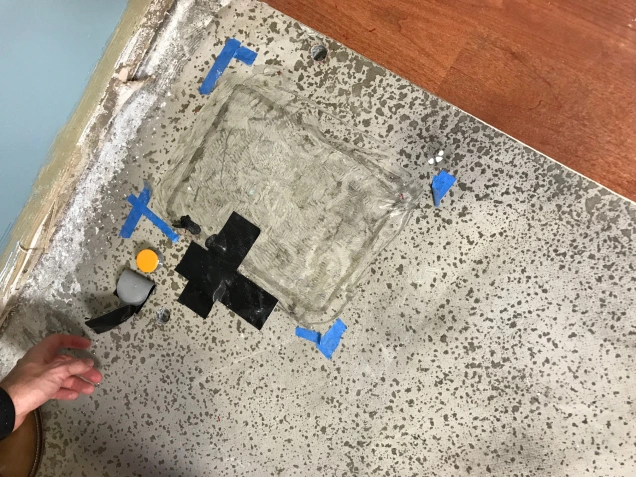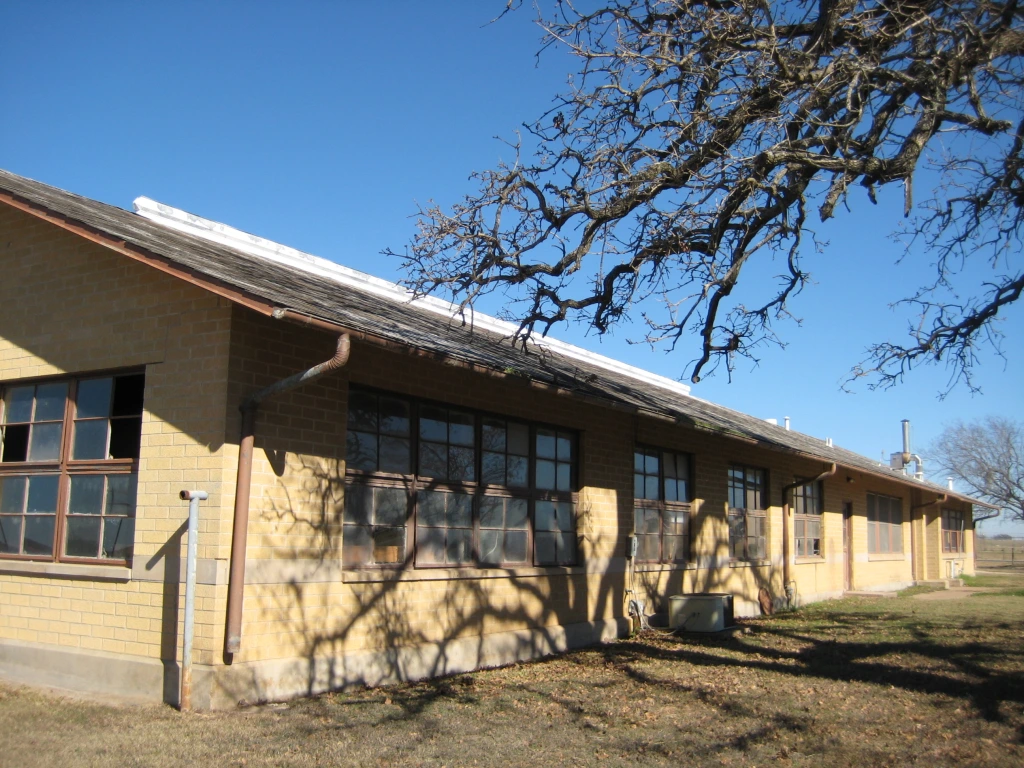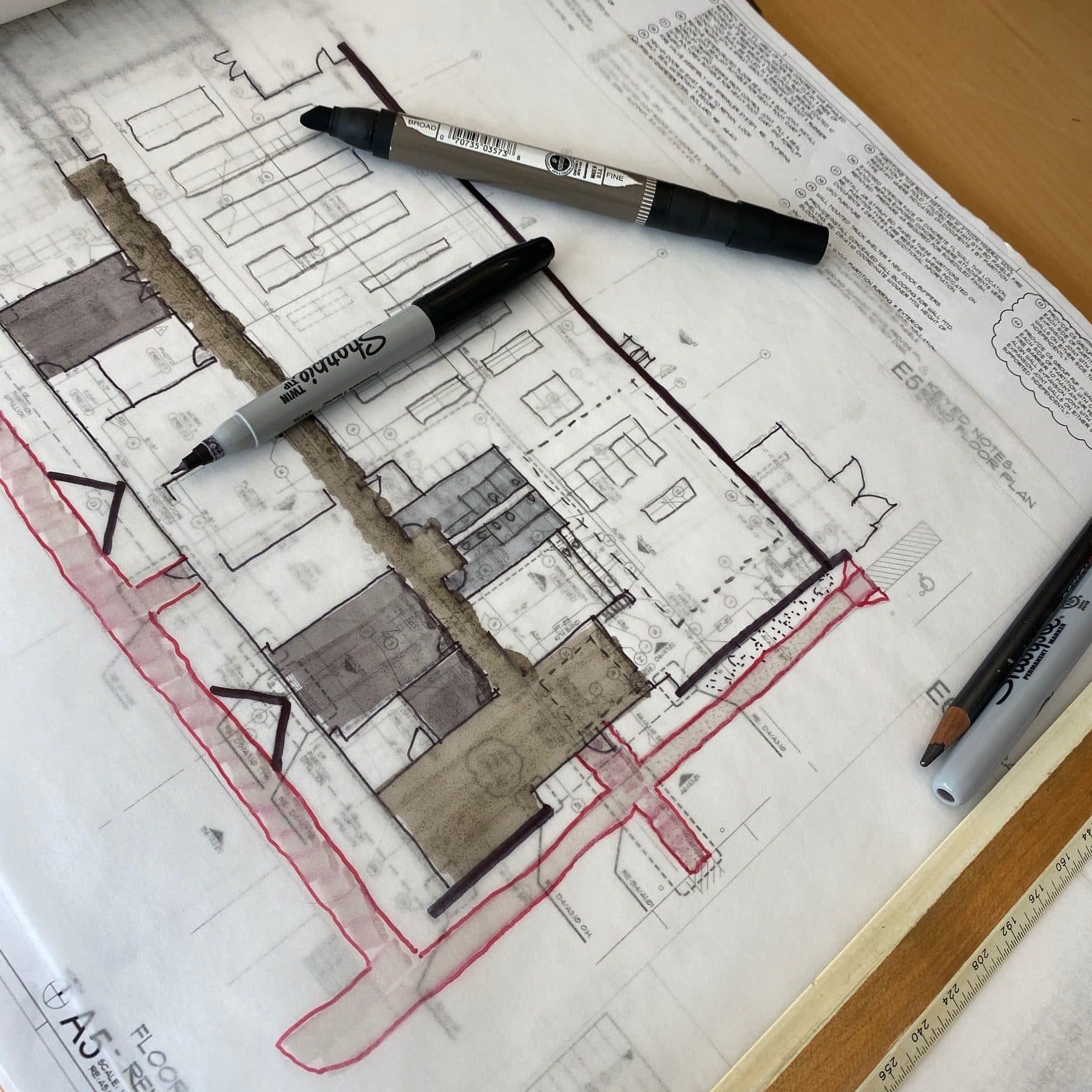A frequent challenge in this part of the country is the condition of the slab-on-grade concerning its moisture content. Existing buildings, in particular, can pose unique challenges on this subject. The Gulf Coast region’s high water table and frequent heavy downpours create situations where the sub-slab soil moisture content is high and that will transmit the same to the slab. That being the case, there is a likely negative impact on new floor coverings. Testing for moisture content: relative humidity (RH) and pH should be conducted as soon as possible to establish a baseline for renovation projects.
The existing conditions of older buildings likely either do not have a vapor barrier under the slab or the barrier has deteriorated beyond utilization. This creates a situation where there is higher than normal moisture content in the concrete. The impact of this condition lessens the likelihood that flooring products will adhere to the slab-on-grade. While slab moisture content and flooring have always been at odds, in recent history, changes in adhesive technology to remove more caustic elements have exacerbated the problem. The possibility of high moisture content should be carefully reviewed with your design team and contingency plans put in place.
We recommend that the following steps be considered for any renovation project where flooring is being replaced on a slab-on-grade:
1.Assess the age of the building to estimate the likelihood of vapor barrier
2.Investigate existing drawings to determine the scope/presence of a vapor barrier
3.Test slab in several areas where the new flooring is to be installed using a qualified testing agency; RH (ASTM F2170) and pH (ASTM F710). The quantity of testing will be dependent on the scope of flooring replacement.
4.Compare results of testing with flooring/adhesive product data and with manufacturers of flooring products to select adhesive or mitigation strategies.
This list of recommendations does impose greater costs on the design rather than delaying and putting that responsibility on the General Contractor. However, especially in conditions where high moisture is likely, using these recommendations means that a strategy can be included in the design process.
The opposite side to not investigating moisture during design is that the same latent condition will be discovered during the construction process if testing is demanded of the General Contractor. If high moisture is discovered during construction the solutions might be more limited as the project will be more constrained by costs and schedule.
The solutions to high moisture content can include topical measures to the existing slab, improved adhesive, or alternate flooring products. The particular solution will be driven by a myriad of factors too numerous to name here. The takeaway is that the presence of moisture will have an impact on the project, better to take charge of the situation and develop a solution where time and options are most available than to be forced into a solution that compromises other aspects of the project. We can not avoid weather, groundwater, existing building conditions, or the physics of moisture migration – but we can be aware of the condition and plan toward a satisfactory solution.







